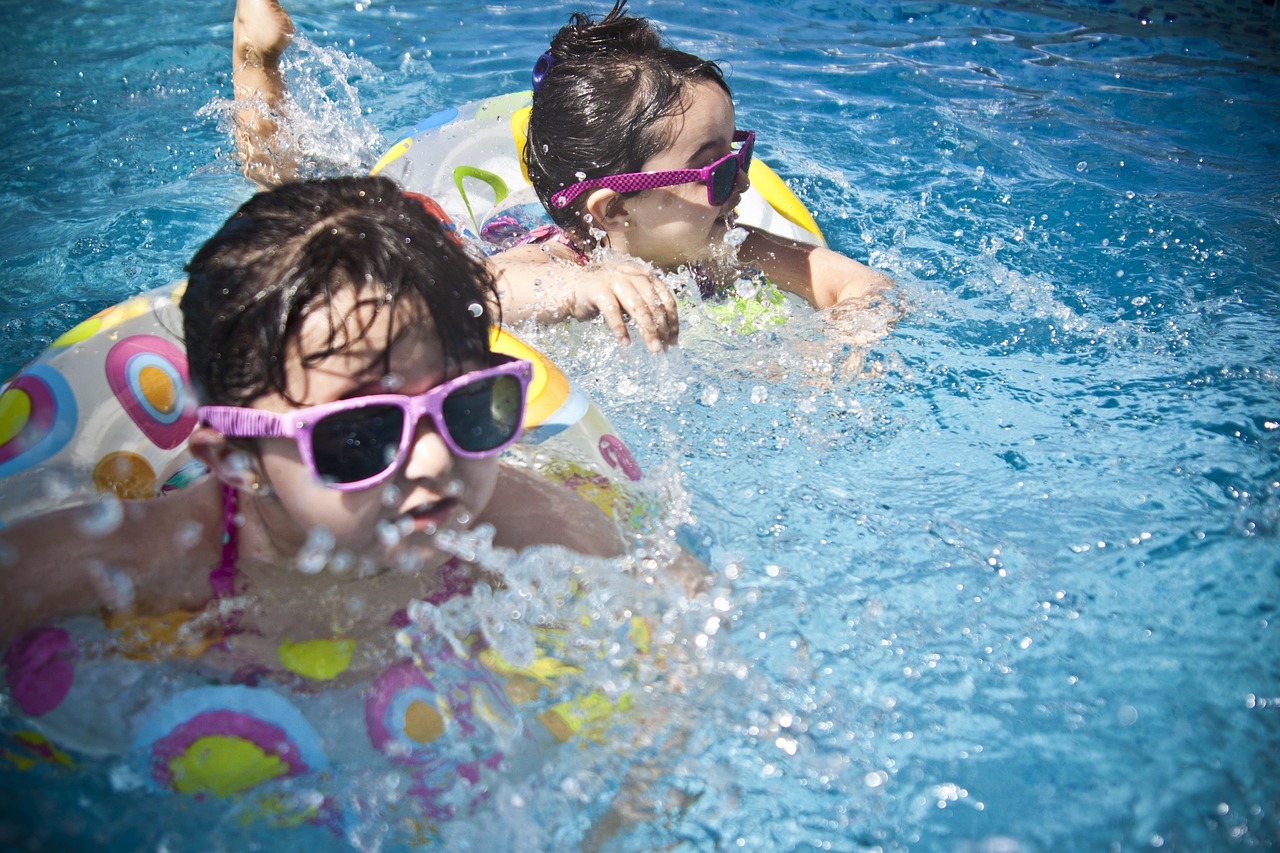How long do you need to spend swimming in order to swim well? Well, it depends on a number of factors, including your age, your skillset, and the environment. Find out more about the process of swimming and how long it takes for beginners to learn in this article! (Also Read: Mistakes to Avoid when Writing a Resume)
Is swimming an important life skill?
According to the Centers for Disease Control and Prevention (CDC), drowning is the fifth leading cause of unintentional injury death in the United States. Each year, about 10 people drown in swimming pools, and another 2,500 die from drowning in other natural bodies of water, such as lakes and rivers.
While anyone can drown, children are at a higher risk. In fact, the CDC reports that drowning is the leading cause of death for children ages 1 to 4 years old. And for every child who dies from drowning, another five receive emergency department care for nonfatal submersion injuries.
So what can you do to help prevent drowning? The best way to protect your child (or yourself) is to learn how to swim! Swimming lessons can help reduce the risk of drowning among children aged 1-4 years old by 88%.
Not only is learning to swim an important safety skill, but it’s also a great form of exercise. Swimming is a low-impact activity that works for all major muscle groups and provides a cardio workout. It’s also a great way to stay cool in the summer heat!
How Long Does It Take to Learn to Swim?
Age: Children usually pick up swimming faster than adults. This is because they are less afraid of the water and have more energy to learn.
Previous experience: If you have never been in the water before, it will probably take you longer to learn than someone who has had some exposure to it.
Fear factor: If you are scared of the water, it is going to take you longer to feel comfortable enough to learn how to swim.
Physical abilities: If you have any physical limitations, such as a disability, this could affect how long it takes you to learn. However, there are adaptive swim programs available that can help people with physical disabilities learn how to swim.
Overall, there is no definitive answer for how long it takes to learn to swim. It varies from person to person and depends on several factors. With patience and practice, most people can eventually learn how to swim.
What are the Other Benefits of swimming?
1. Swimming is a great workout. It is low-impact and can be gentle on your joints, but it still gives you a full-body workout. Swimming is also a great cardio workout, which is important for heart health.
2. Swimming can help you stay cool in the summer heat. If you don’t have access to a pool, lake, or ocean, you can still stay cool by swimming in a nearby river or creek.
3. Learning to swim can give you peace of mind. If you live near water, knowing how to swim can give you confidence in an emergency situation.
What are the types of swimming strokes?
Freestyle is the most popular stroke used in swimming. It is considered the fastest stroke as swimmers can move their arms freely and alternate between a flutter kick and a dolphin kick.
Breaststroke is the second fastest stroke and is often used in long-distance swimming as it uses less energy than other strokes.
Butterfly is the third fastest stroke and is considered the most difficult to learn as it requires coordination between the arms and legs.
The backstroke is the fourth fastest stroke and is often used by beginners as it does not require coordination between the arms and legs.












